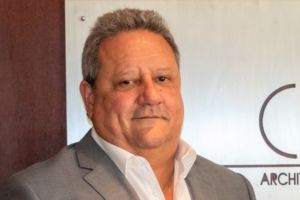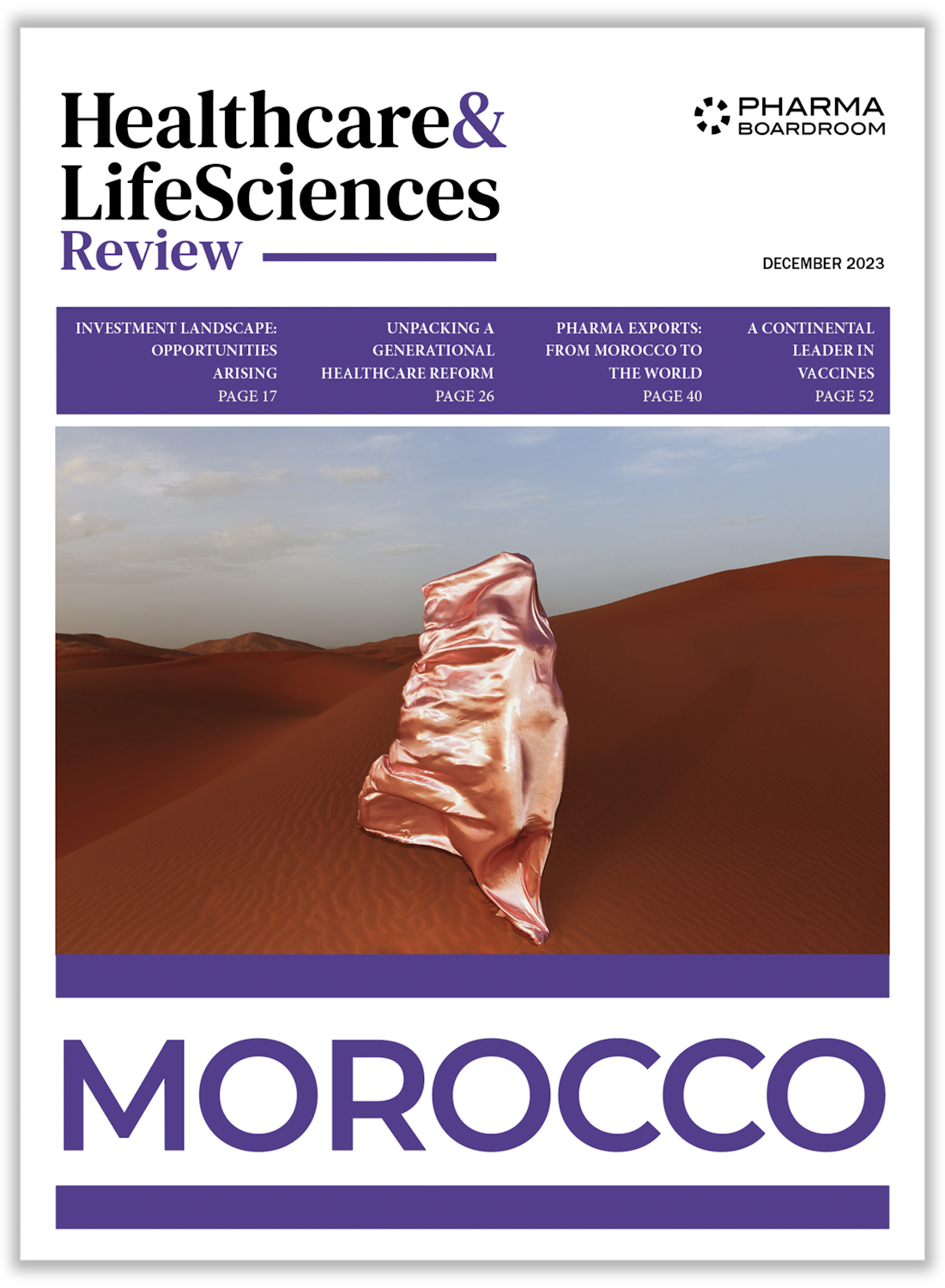After Hurricane Maria hit Puerto Rico in 2017, its infrastructure was left severely damaged. CMA, one of the island’s premiere architecture and engineering firms, has been working on reconstruction ever since. Jorge Tirado, CMA’s managing partner, describes how the company has managed to become the go-to firm for the pharma industry in Puerto Rico during its 60 years of existence.
It must be a special moment for you and the company since it is celebrating its 60th anniversary this year. What do you consider to be the highlights of your time at CMA?
The biggest highlight for me is the diversity of the projects we have done, providing help to many infrastructure projects, transportation, water systems, electrical stations, residential, hospitality and five-star resorts. The fact that we have that ability to serve many industries makes us proud as a team.
What has been the key to getting this far?
Again, I have to mention our diversity, expertise and the great talent we have been able to attract. It is a resilient firm. We were founded in 1959 and have lived through many changes: partners retiring, economic issues in the country, among others. But the firm has stayed strong and has risen to the occasion every single time. That resilience has allowed us to be on top of the market, being now the fifth generation of partners.
Listening, understanding and documenting the needs of clients is one of our tools for a successful project delivery. Quality control through the design process is another reason why our clients trust us and help us develop long lasting working relationships.
CMA works in the fields of architecture, planning, construction management, among others, for many industries. What are the main services you offer to healthcare and pharma?
CMA is able to provide the full circle of services. That means planning, permits, design, construction supervision, construction management, and inspection. We go from the initial concept, to the realization of the project. The fact that we can provide all of those services under the same roof is a great competitive advantage, especially in Puerto Rico. It means that we can provide a more consistent service without having to wait for anybody else. Also, working on a diversity of projects allows us to implement knowledge acquired from one sector into another.
When I started working at CMA, the firm had finished working on the development of a new chemical plant and started a new industrial facility, plus several facilities expansions. We constantly have several industrial-related projects at the office at any given time. Recently, our industrial projects include cogeneration projects, expansions and facilities repurposing. We are especially proud when we are able to repurpose an old facility for pharma clients, and we excell at it: around 75 percent of the pharma facilities in Puerto Rico have been involved with CMA in some way.
Through the years, CMA has developed facilities that meet global regulations, with special focus on Current Good Manufacturing Practice (CGMP) regulations enforced by the US FDA. CGMPs provide for systems that assure appropriate design, monitoring, and control of manufacturing processes and facilities.
What about your international presence, how has CMA capitalized on projects abroad?
Our core business is in Puerto Rico but we have done projects in the United States, the Caribbean and Latin America in the past. At the moment, we are working in the Virgin Islands and Puerto Rico and CMA is looking to expand its operations to the Southeastern United States. We can do it because more than 80 percent of our professional staff hold professional licenses to practice in Puerto Rico, and around 20 percent have a license to do it in the states of Florida, Georgia, Pennsylvania or Texas.
In May, Romark inaugurated their $80 million plant in Manati. CMA handled the architecture part, while BLDM the engineering, and CIC Construction and Pharma-Bio Serv handled the rest of the project. Could you explain the role that CMA played in the project?
CMA worked on the architectural, engineering and permitting side. It was a repurposing of an old facility and we did close to 30,000 square feet of remodeling. We had a team of electrical, mechanical, civil and structural engineers, plus architects that worked on the different phases of the project. The Romark project was centered around listening to the needs of the client and working alongside the rest of the companies involved. Based on that, we were able to develop the best strategy to reach the objectives in a timely manner. The advantage for CMA is that we know the market better than anybody else, also, that we have great relationships with the rest of the big players in the industry, that means consultants, contractors, economists and lawyers. Our work goes beyond just the design.
How has the industry in Puerto Rico evolved since the end of section 936 of the Federal Tax Code in 1996?
The industry has been gaining ground after the last companies that enjoyed the benefits lost them in 2005, but the pivotal moment in the recent history of Puerto Rico was really Hurricane Maria. It allowed us to start again. The pharmaceutical industry in the island has a bright future because the reconstruction work that needs to be done will provide us with better infrastructure. We have the advantage of being close to the US mainland and our residents are US citizens. On the flip side, electricity is one of the question marks and we are working hard to guarantee that service. Puerto Rico has sufficient resources, an educated population and experienced professionals, especially in life science. It seems to me that all the requirements to succeed are aligned. There are plenty of manufacturing facilities not being used and ready to accommodate new companies. That do not have to start from zero, which is a great incentive. Puerto Rico has done it before and will do it again.
Hurricane Maria was a pivotal moment for the island’s recent history. It was interesting to see that you have a special team dedicated to rebuilding Puerto Rico after the hurricane. Can you go into detail about CMA’s reconstruction efforts for Puerto Rico?
As part of the Federal Emergency Management Agency’s (FEMA) efforts, CMA has been working as a subcontractor on public assistance for the reconstruction process of the island. We visit sites to determine the damages and develop a scope of work to report these damages. We provide cost estimates and recommend if the site has to be reconstructed or repaired. Sadly, many sites are beyond repair. CMA has 34 people assigned to that project at the moment and there is an extraordinary number of sites that still need to be evaluated.
As a result, Puerto Rico will end up with a more reliable and extensive infrastructure: better roads, electrical network, water distribution, treatment plants, and so on. We have to comply with a new code that increases the safety of buildings. If I were a developer, I would not think twice about investing here.
What can you say about the demand for green projects in Puerto Rico?
CMA has worked in several solar energy projects and we have at least six Leadership in Energy and Environmental Design (LEED) certified professionals. We have done several LEED certified projects around the world. We always recommend sustainable solutions to our clients and there is a high demand for green projects, but the elevated costs get in the way. That is something that we ought to work on.
What are your personal objectives for the next five years?
I would like to see CMA very involved in the reconstruction efforts of the island. That is my biggest goal. Hurricane Maria put us in a delicate situation, but it also brought an opportunity to do something meaningful. Not too many professionals have that opportunity in their careers. We could leave a better Puerto Rico for the next generation. Another objective is to pursue opportunities in the Caribbean and the US mainland.







